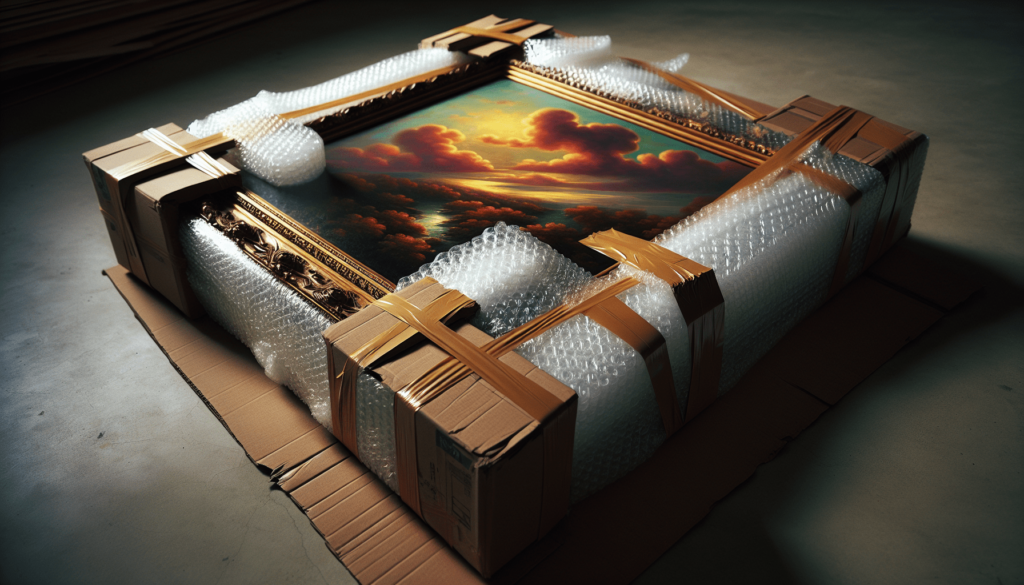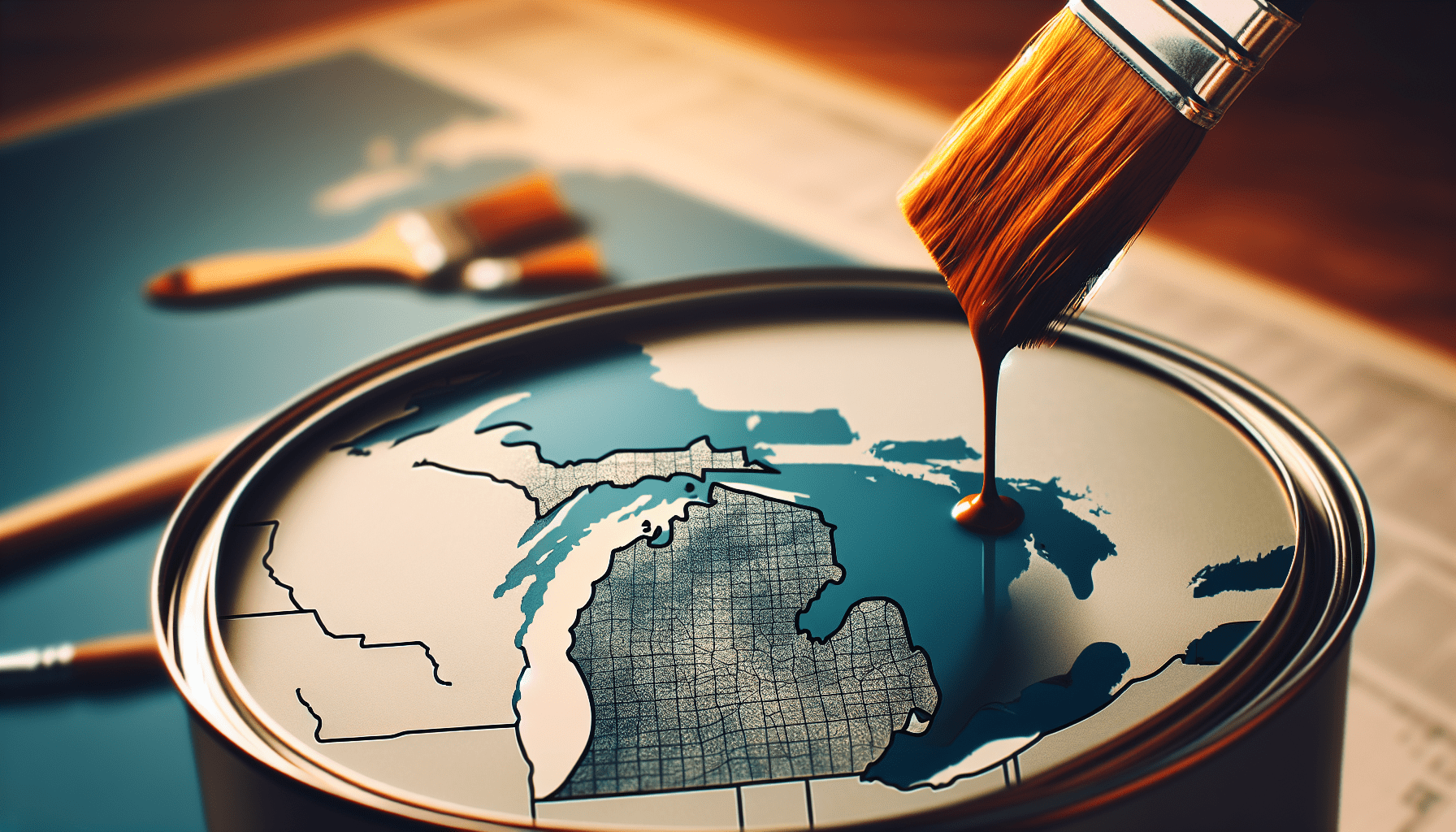As you prepare to transition to a new home, you may find yourself facing the daunting task of ensuring the safe transport of your treasured oil paintings. This article provides a comprehensive guide on How to pack oil paintings for moving. Gain expertise in essential techniques that guarantee the preservation and protection of your artworks during transit, including the correct usage of packing materials and the systematic approach to packing. The ultimate goal of this guide is to enable you to transport your oil paintings to their new home in pristine condition.
Materials Needed
Packing paintings, oil paintings included, requires a variety of supplies. Each one will ensure the ultimate protection of your cherished art pieces during the move. These materials include bubble wrap, the first line of defense against scratches and minor impacts. Next is packing tape, used to secure the bubble wrap and other protective coverings. To support the painting and provide extra layers of protection, cardboard sheets are necessary. Additionally, foam corner protectors are crucial for defending the corners of the painting from damage while being transported. Similarly, plastic wrap or shrink wrap is important to keep away dirt, dust and moisture. Delicate art pieces also require packing paper or tissue paper, serving as further padding against potential bumps and drops. Lastly, a marker or labels are indispensable, to clearly indicate the contents of the box and directions for handling.
Preparing the Painting
Before you pack the painting, it’s necessary to prepare it. The first step involves removing the canvas from the frame, so they can be wrapped separately in order to provide maximum protection. This process involves carefully unscrewing or unhooking the canvas from the frame. Following this, you should remove any hanging wires or hooks that might poke through the protective wrapping and potentially damage your art piece. Once the canvas is ready, protect the front of the painting by covering it with something soft yet sturdy, like bubble wrap or archival paper. The back of the painting is just as important; cover it by using the same steps to keep it safe and secure.

Wrapping the Painting
When ready, start wrapping the painting in bubble wrap, making sure to cover every inch of the painting’s surface for optimal protection. This can be done horizontally and vertically, paying additional attention to corners and edges which are highly vulnerable to damage. Secure the bubble wrap tightly with packing tape, ensuring there are no loose parts that could slip off during the move. Protect the corners further by adding foam corner protectors on each one. This will shield these susceptible areas from impacts occurring during transportation. Finally, to provide an extra barrier against humidity, dust and dirt, wrap the entire painting in plastic wrap or shrink wrap.
Preparing the Moving Box
When selecting a box for the painting, opt for an appropriate size that will snugly fit the painting, without squishing or damaging it. Once you have the right box, secure the bottom with packing tape. This will create a sturdy base to support the weight of the wrapped painting. Following this, line the bottom of the box with cardboard sheets which provide a buffer between the painting and any possible rough handling or sudden impacts.

Packing the Painting
Carefully place the wrapped painting inside the box, ensuring it fits comfortably. You don’t want the painting to have too much room to move, but you also don’t want it squeezed in. Fill any empty spaces with packing paper or tissue paper to minimize movement. These materials will absorb any shocks or vibrations during the move. If the painting is especially valuable or fragile, consider adding additional layers of protection.
Sealing the Box
Closing the box securely is the next step, making sure to use enough packing tape so the box won’t accidentally open. Labeling the box is also crucial. Use a marker or labels to indicate the box is holding fragile items and should be handled with care, also marking which side is up. Lastly, before sealing the package completely, take a moment to take pictures or note the condition of the painting. This could be useful for insurance purposes, in case something goes wrong during the move.
Transporting the Painting
Ensuring the painting is transported safely is as important as packing it properly. Use appropriate padding for transportation like moving blankets or furniture pads. These will provide an extra layer of protection during transit. Keep the painting upright during transport to prevent any damage that could occur from laying flat. Avoid placing other items on top of the painting’s box to prevent any unnecessary pressure or damage.
Unpacking and Displaying
When the painting has arrived at its destination, open the box carefully to prevent any accidental damage. Inspect the painting for any damage that may have occurred during the move. Once you’re sure your painting is safe, remove all the wrapping materials. The final step is hanging the painting. Choose a safe and suitable location that is free from direct sunlight or harsh lighting, and away from sources of heat or moisture as these can damage the oil painting over time.
Storing Oil Paintings
If you need to store oil paintings rather than display them immediately, choose a climate-controlled environment. This will prevent potential damage from changes in temperature and humidity. Wrap the painting in archival paper or plastic to protect it from dust and dirt while in storage. Always store the painting upright, never stacked or leaning in such a way that might cause warping or pressure damage.
Professional Packing Services
Consider hiring professional packers if you have a high-value or complex piece that requires specialised care. There are many reputable packing services that have experience in handling and packing valuable artwork. Always research and compare different companies to find one that suits your needs and budget. Also, consider getting insurance coverage to protect your investment. This gives you peace of mind that in the unlikely event of damage or loss, you are covered.
Packing oil paintings for a move is not an easy task. It requires special care and attention to ensure the painting arrives at its new home in perfect condition. By following these detailed steps, you will ensure that your oil painting is properly protected and transported, whether you are moving it to a new room or across the country. If you’re unsure about any of the steps, always err on the side of caution and seek professional help.



